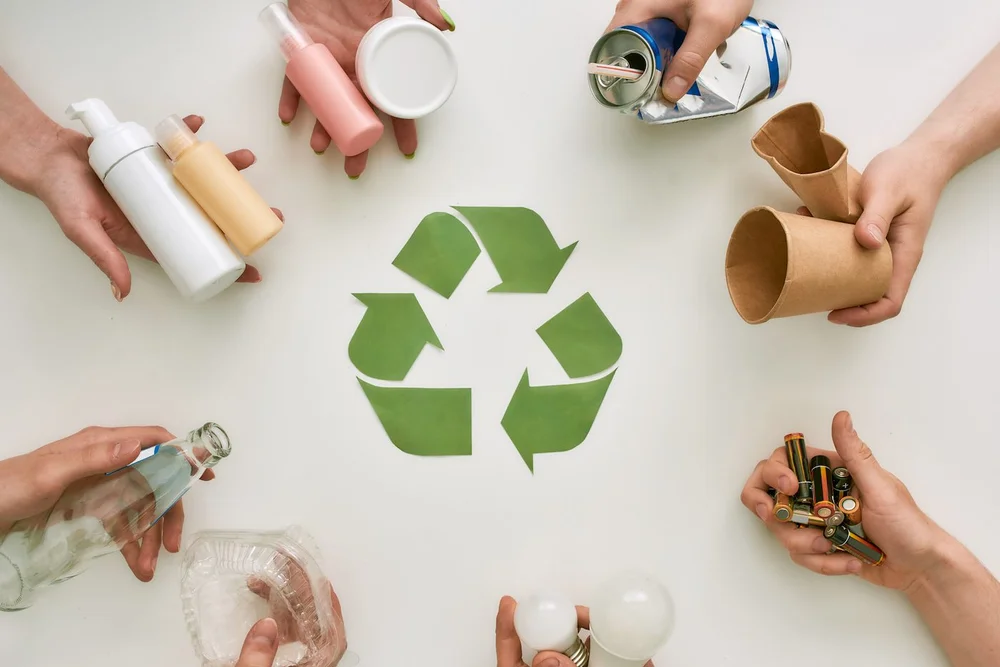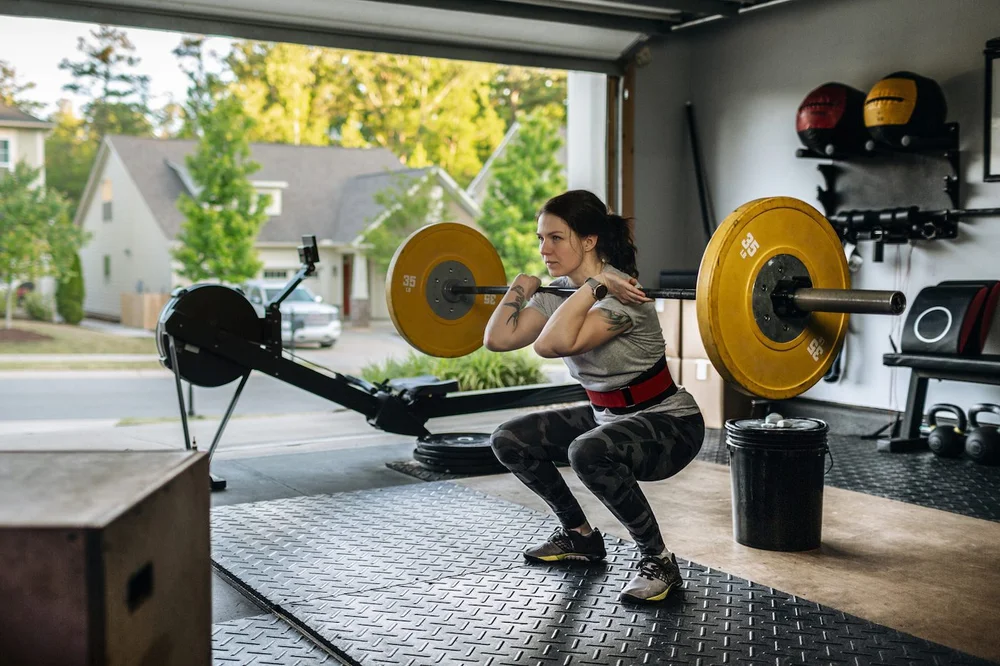Tips for How to Recycle: Learn What & How to Recycle in Your Area
It has been said that “recycling turns things into other things, which is like magic.”
In the U.S., we need to work more of this magic.
These statistics from the Environmental Protection Agency speak volumes:
- Of the world’s 2.12 billion tons of municipal waste generated each year, the U.S. amasses about 292 million tons.
- Even though the U.S. accounts for only 4 percent of the planet’s 8 billion people, we make nearly 14 percent of the waste.
- In 2018, approximately 69 million tons of our waste was recycled, and 25 million tons was composted.
One way to improve our recycling numbers is to learn more about how to recycle.
What Can You Recycle?
Nearly every community in the U.S. has a recycling program with its own specifications. Check with yours to find out what they accept.
If you’re fortunate enough to live in a city that provides curbside recycling, you likely can recycle the “Big 5” (bottles, cans, plastic, paper, and cardboard). Even outside of big cities, you can usually recycle these basic materials by taking them to a recycling center.
How you prepare items and what you put in your bins can determine how much (or little) of what you collected gets recycled.
Common mistakes include placing a non-recyclable item in the recycling bin or bagging recyclables. Both often result in the entire bin getting thrown away instead of recycled.
How to Recycle: Tips for What Can be Recycled in Your Area (the Big 5)

Glass and Bottles
Food jars and beverage bottles are 100% recyclable and can be recycled endlessly without loss in quality or purity. Remarkably, glass bottles can be recycled and back on store shelves in 30 days.
Glass is heavy and takes at least 1 million years to biodegrade, so this is an especially important material to recycle.
Rinse your food jars and beverage bottles and check with your local waste management company about what to do with the caps.
Your state may offer a refund value if you bring your glass to a participating recycling center. They generally pay a nickel per jar or bottle.
Some glass cannot be recycled. That includes drinking glasses, glass objects, ceramics, mirrors, electronics glass, and window glass. Check in your community if there’s any individual or company that takes these kinds of glass. You never know, a local artist may have use for them!
If you can’t repurpose them, wrap them and place them in your trash.
Cans
Aluminum beverage and food cans (as well as steel/tin), clean aluminum foil, and foil food trays are also highly efficient recycled materials that can be recycled over and over indefinitely. It can take more than 200 years for aluminum to biodegrade naturally, so your efforts are highly worthwhile. Be sure they’re rinsed, clean, and dry.
Unfortunately, some items like baking pans, dirty foil trays and metal electronics cannot go in the recycling bin. Check with your community about recycling centers for household goods and electronics. There’s a good chance you’ll find a company that will recycle or repurpose them.
Paper and Cardboard
In 2018, roughly 68 percent of paper waste was recycled. Let’s keep it going!
Here are some general tips.
Keep paper and cardboard clean and dry. Wet and soiled paper/cardboard cannot be recycled.
Newspapers, office paper, cardboard and paper bags, magazines and catalogs, food/detergent boxes, junk mail, milk cartons and more make up common recyclable paper goods.
Experts also suggest conserving office paper by printing on both sides and using your creativity to repurpose other paper goods.
Plastic
At least 8 million tons of plastic end up in our oceans every year. Experts estimate that it can take 400 years or more to biodegrade, so it’s vitally important to recycle plastics.
Most municipal recycling programs will accept containers marked #1-7, water/juice/soda bottles, food containers, milk/water jugs, detergent/cleaning product bottles, personal care bottles, and plastic shopping bags.
What about plastic baggies, wraps, and film? Most curbside recycling bins will not take them, but there are drop-off locations. Check here to see where you can recycle plastic in your area.
Potentially Dangerous Materials
Beyond the Big 5, you’ll have to do a little more work to recycle hazardous wastes and odd pieces that don’t fit into any category.
Hazardous wastes include fluorescent and CFL light bulbs, motor oil, paint, outdated cleaning supplies, electronics (including cell phones, televisions, and computers), needles and medical waste. Challenging items to recycle include a number household goods like lamps, baking pans, oversized items, and furniture.
You’ll need to take the initiative to find recycling or refuse centers that handle these responsibly. A simple internet search will usually provide the information you need. In some cases, you may need to pay a small fee to have items properly recycled.
Conservation Mindset
Every choice we make regarding waste has a collective impact. When you buy food and household items, consider the items full lifecycle, including how it will be disposed of.
Ask where you can swap wasteful single-use items with reusable ones. Invest in reusable bags. Avoid items with too much packaging.
In short, make recycling a higher priority in your life and take the time to do it carefully and correctly. It will undoubtedly make you feel better and help our planet at the same time.
At BrainMD, we’re dedicated to providing the highest purity nutrients to improve your physical health and overall well-being. For more information about our full list of brain healthy supplements, please visit us at BrainMD.
- Here Are Some of the Best Tension Release Exercises to Help You Feel Your Best! - April 17, 2024
- Foodscaping: How to Grow Healthy Foods In Your Own Garden! - April 12, 2024
- Eat Your Fruits and Veggies (Don’t Drink Them) - March 29, 2024



